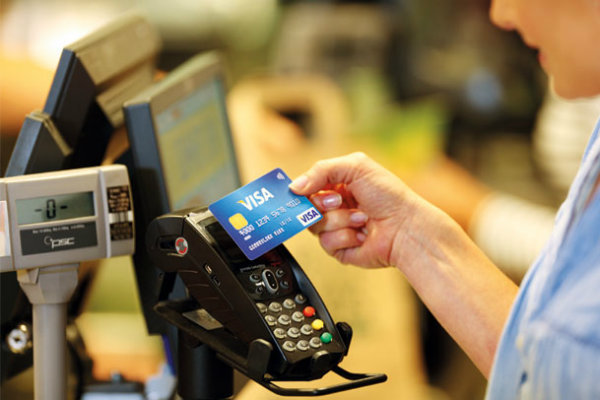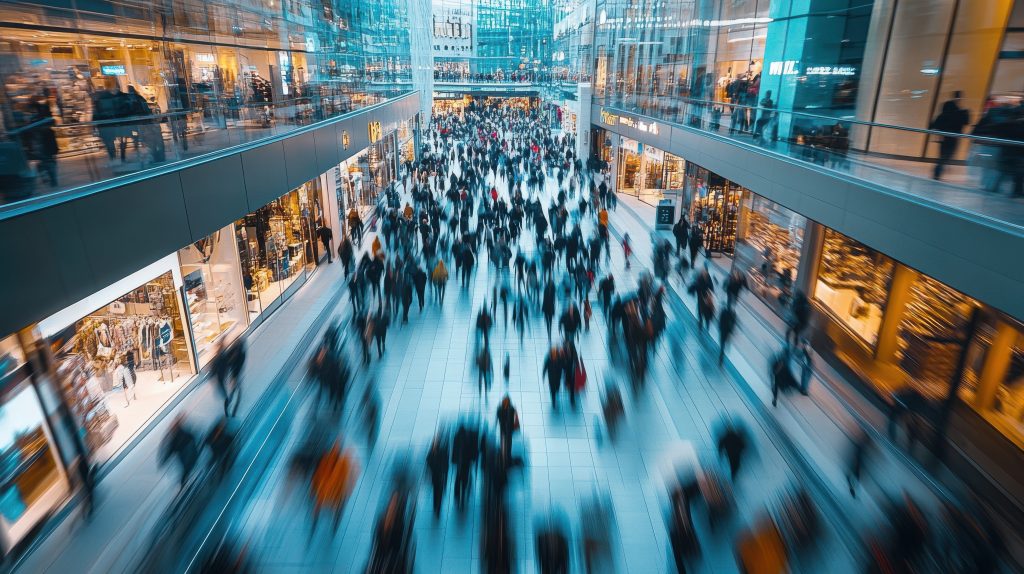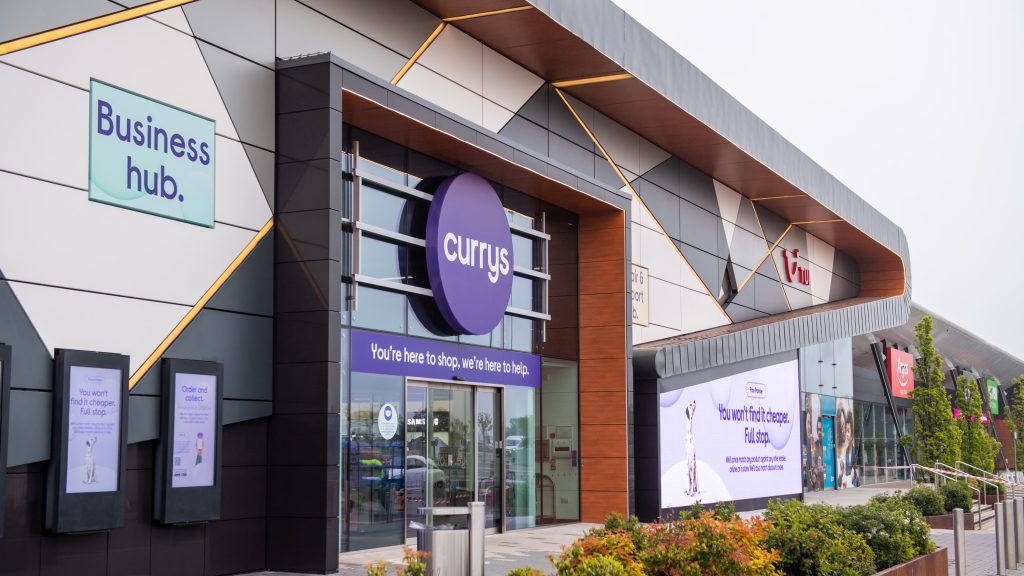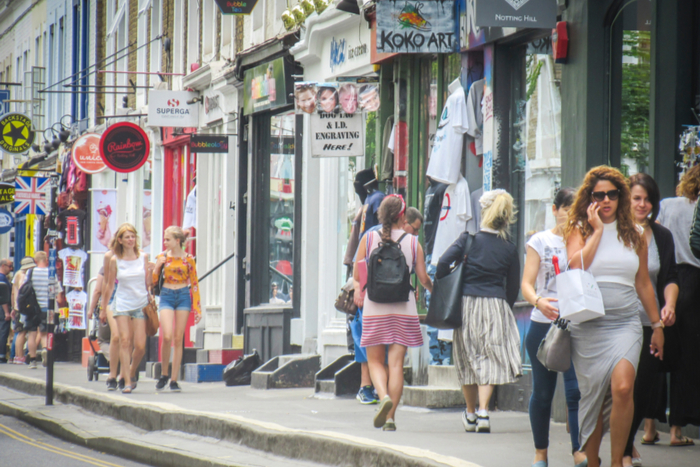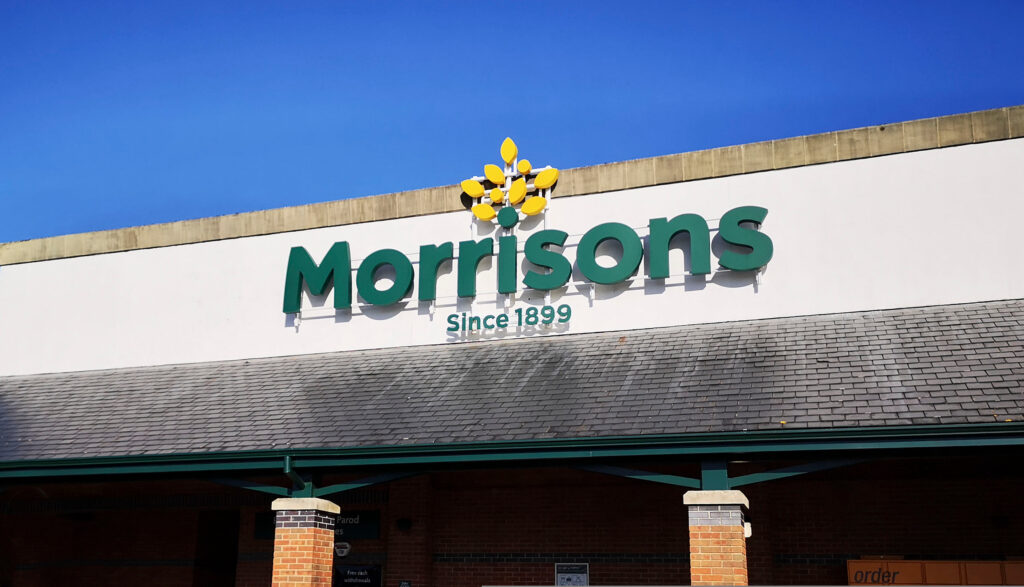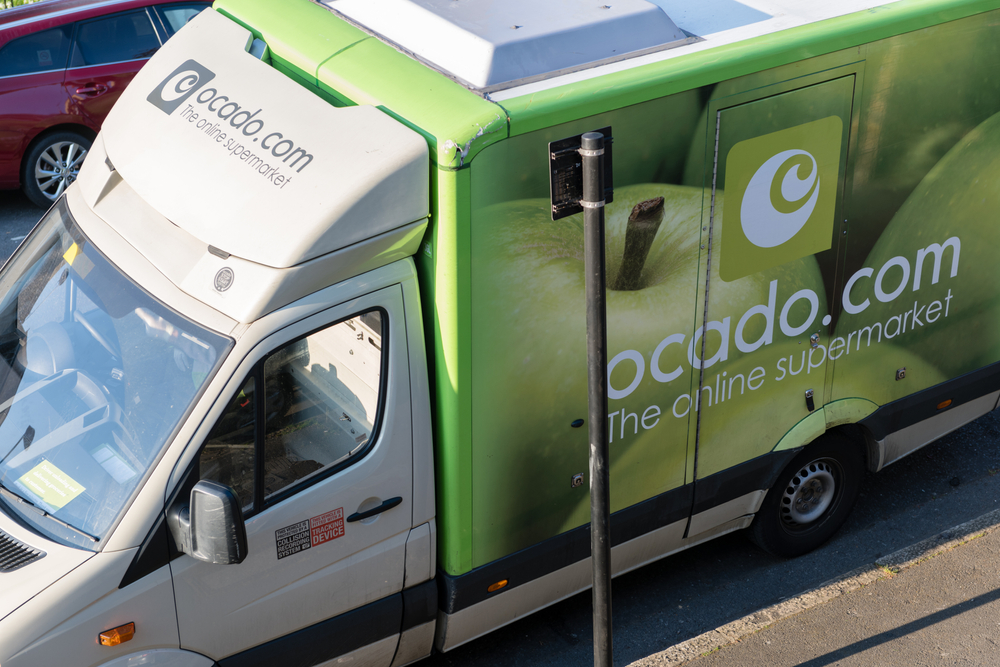More than two thirds of Europeans want to be able to use biometrics when making payments at retail outlets, according to a new study.
In Visa’s Biometric Payments study released today, whereby more than 14,200 people from across seven European countries were surveyed, 68 per cent said they wanted to use biometrics as a method of payment authentication.
Seventy-three per cent saw two-factor authentication as a secure way to confirm an account holder, while a third believed biometric authentication meant that their details would be safe even if their device was lost or stolen.
The two-factor authentication refers to something you have, such as a card or a mobile device, combined with something you are, such as a biometric – or something you know, such as a PIN or password.
Of all the biometric authentication methods, 53 per cent expressed a preference for fingerprint over other forms, such facial recognition or iris scanning.
According to Visa, online retailers had the best advantage, with 31 per cent of respondents saying they have abandoned a browser-based purchase because of the payment security process.
“Our research shows that biometrics is increasingly recognised as a trusted form of authentication as people become more familiar with using these capabilities on their devices,” Visa Innovations Partnerships executive director Jonathan Vaux said.
“However, one of the challenges for biometrics is scenarios in which it is the only form of authentication. It could result in a false positive or false negative because, unlike a PIN which is entered either correctly or incorrectly, biometrics are not a binary measurement but are based on the probability of a match.
“Biometrics work best when linked to other factors, such as the device, geolocation technologies or with an additional authentication method.”
Keep up to date with Retail Gazette by liking us on Facebook
Vaux added that as we moved into the future consumers would have an increasing number of choises in how they pay, but there was still a long way to go.
“While biometric forms of authentication offer significant opportunities to achieve the right balance between convenience and security, they are not the only answer,” he said.
“In the future we will see a mix of solutions dependent on the purchasing situation. By adapting our standards to recognise these technologies as valid forms of authentication now, we can help provide the environment for payments to continue to take place securely, conveniently and discreetly.
Keep up to date with Retail Gazette by liking us on Facebook


